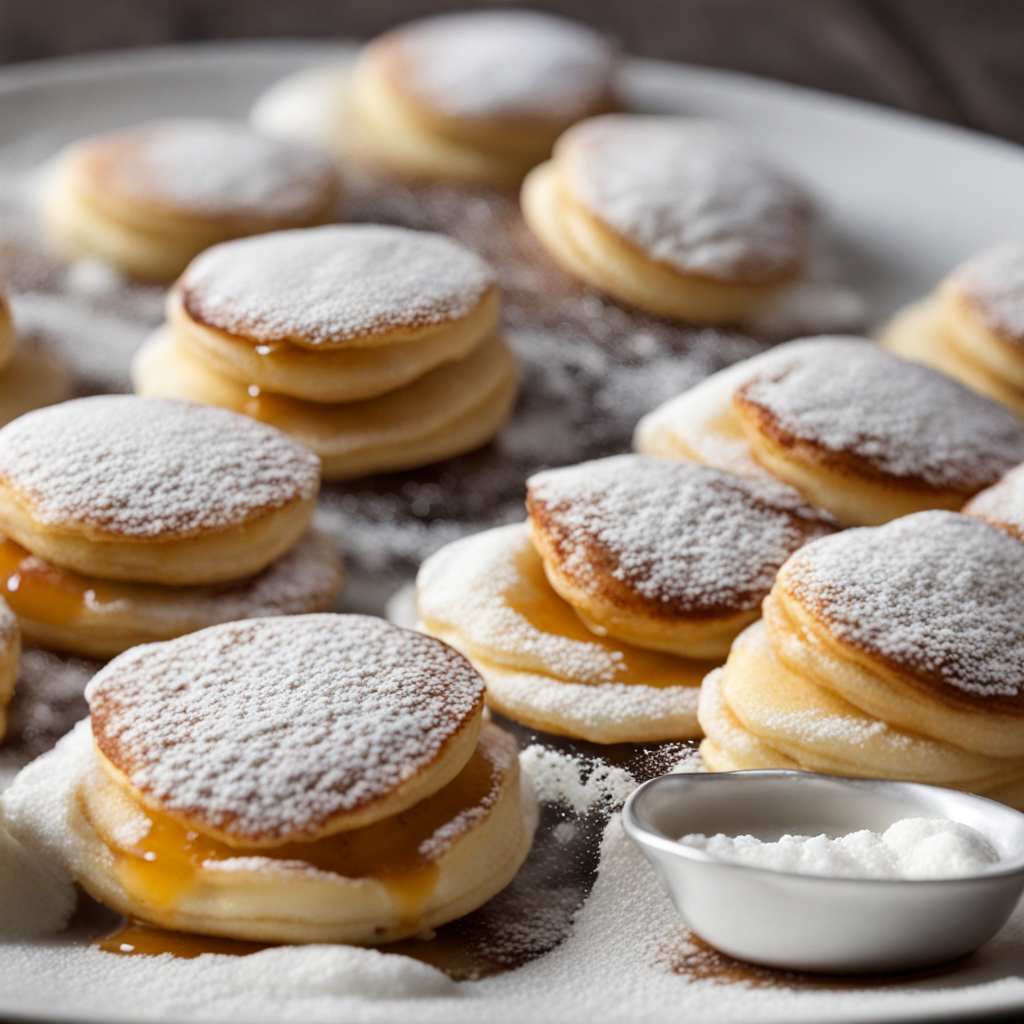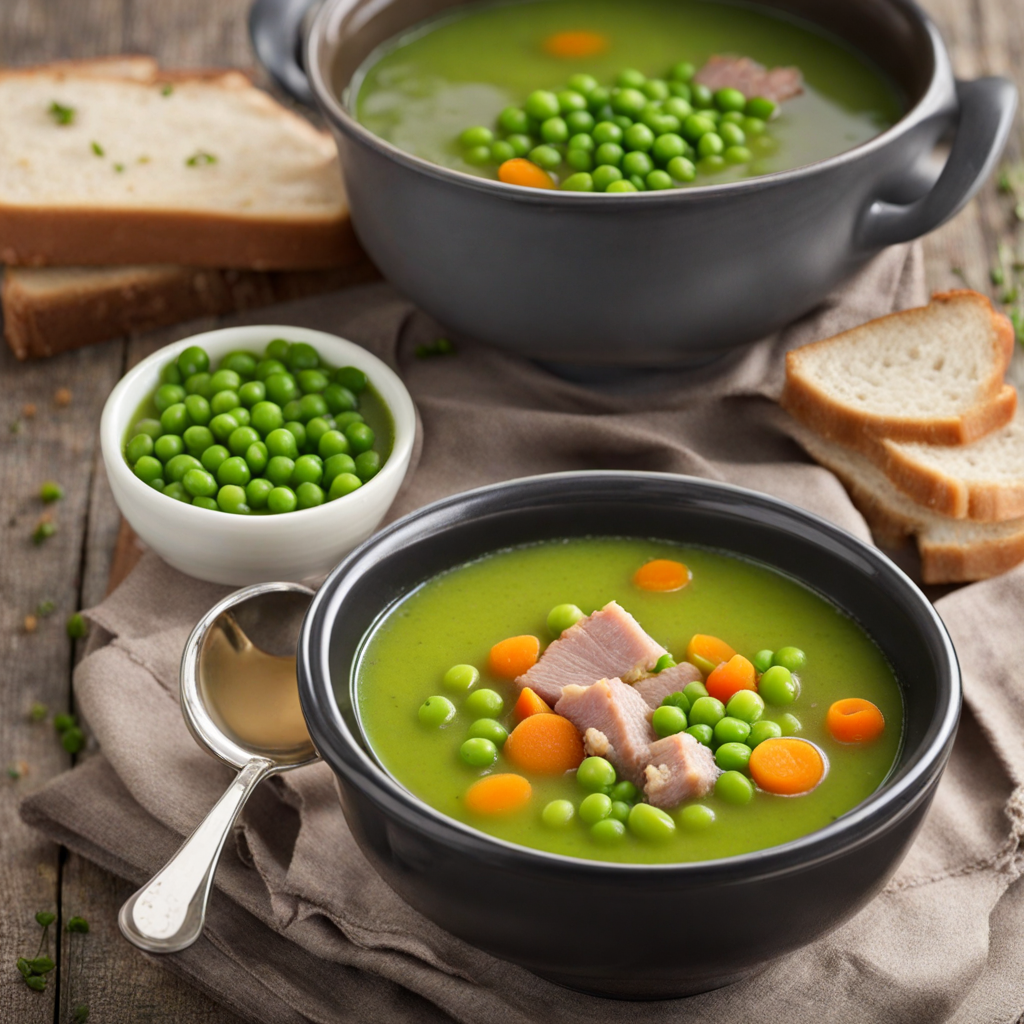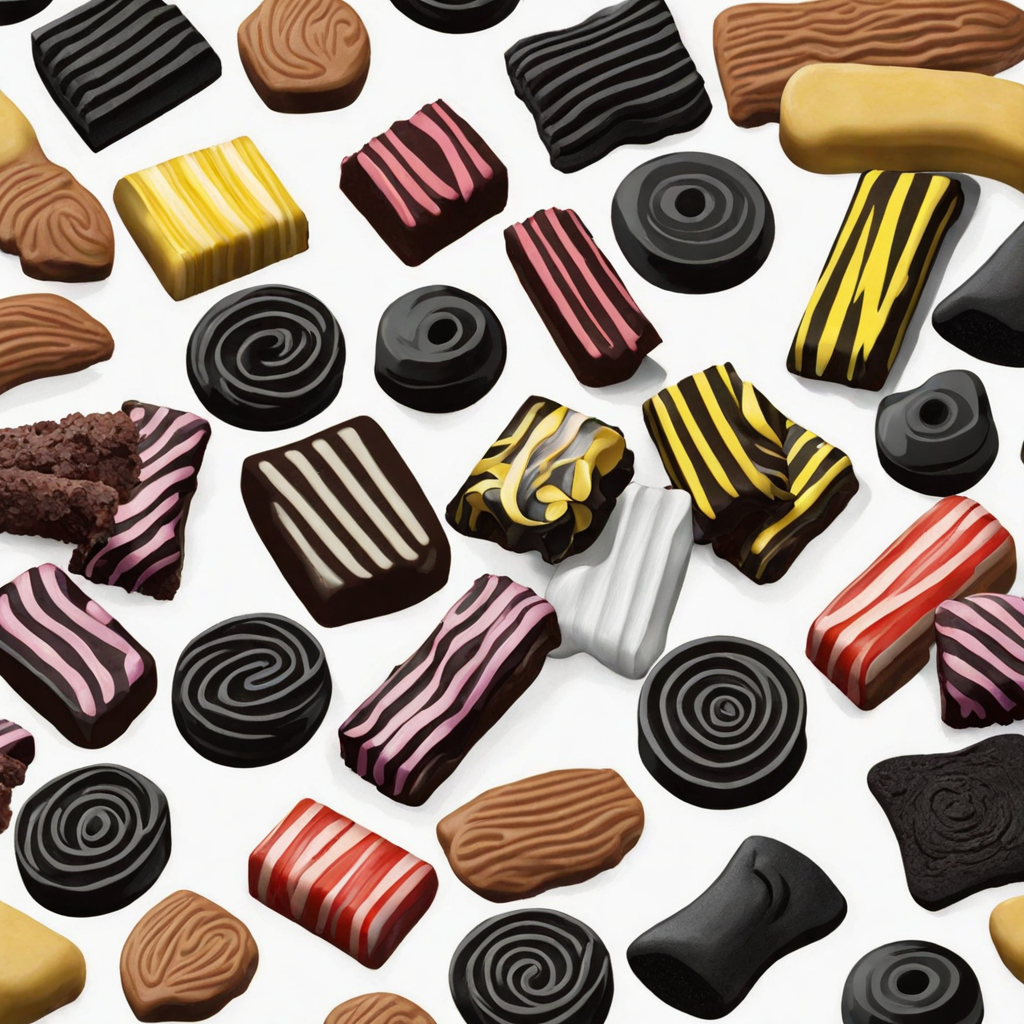Poffertjes
Poffertjes are delightful small, fluffy Dutch pancakes that have a unique texture and taste, making them a beloved treat in the Netherlands. These miniature pancakes are leavened with yeast, which gives them a light and airy quality, unlike traditional pancakes. Typically cooked in a specialized poffertjes pan, they achieve a perfect round shape with a slightly crispy outer layer and a soft, pillowy interior. The batter is subtly sweet, often flavored with hints of vanilla and nutmeg, providing a warm and comforting taste that pairs beautifully with various toppings. Poffertjes are often served warm, dusted generously with powdered sugar, which contrasts beautifully with their mild sweetness. Some vendors take it a step further, adding a dollop of butter that melts into the fluffy surface, enhancing the richness of each bite. In addition to the classic powdered sugar, poffertjes can be topped with a variety of delicious accompaniments, such as fresh fruit, chocolate sauce, or whipped cream, allowing for a customizable experience that caters to individual preferences. This charming treat is not only a popular street food but also a favorite at festivals and markets across the Netherlands. With their bite-sized nature, poffertjes encourage sharing and create a sense of nostalgia, evoking memories of cozy gatherings and festive celebrations. Whether enjoyed as a snack or a dessert, poffertjes offer a unique taste of Dutch culinary culture that is sure to delight anyone looking to explore new flavors.
How It Became This Dish
The Enchanting Journey of Poffertjes: A Dutch Delight In the heart of the Netherlands, where tulip fields bloom and windmills whisper tales of yore, lies one of the country’s most cherished culinary treasures: poffertjes. These delightful mini pancakes, light and fluffy, are not just a treat for the taste buds but also a symbol of Dutch hospitality and culture. Their story is rich, woven through centuries of tradition, innovation, and community spirit. Origins: A Culinary Evolution Poffertjes trace their origins back to the 16th century, a time when the Dutch were becoming increasingly known for their culinary prowess. The name “poffertjes” is derived from the Dutch word “poffen,” which means “to puff.” This nomenclature aptly describes the airy and pillowy texture that poffertjes are renowned for today. The earliest forms of poffertjes likely emerged from a practical need for portable and easy-to-make food, particularly for farmers and laborers who needed sustenance on the go. Initial recipes featured simple ingredients: flour, milk, yeast, and eggs. The combination of yeast and a special kind of flour allowed the batter to rise and create a fluffy texture, distinguishing poffertjes from their thicker pancake cousins. These early versions would be cooked over an open flame, using a cast-iron mold that imparted a unique shape—small, round, and perfectly bite-sized. Cultural Significance: Food as Community Poffertjes are more than just a snack; they represent a deep-seated aspect of Dutch culture. Historically, they have been associated with fairs, festivals, and family gatherings. Street vendors, known as “poffertjes bakers,” became a common sight at local markets and public events. Their stalls, with the sweet aroma of cooking batter wafting through the air, attracted crowds of eager patrons. The communal aspect of enjoying poffertjes cannot be overstated. Traditionally served piping hot, dusted with powdered sugar, and often accompanied by a generous dollop of butter, they evoke a sense of nostalgia and warmth. Families would gather around to share stories while indulging in this sweet treat, creating lasting memories and fostering community ties. Moreover, poffertjes have become synonymous with Dutch celebrations. During special occasions such as birthdays, holidays, and fairs, it’s common to see poffertjes served as a festive treat. Their portability makes them ideal for outdoor gatherings and festivals, where they can be enjoyed on the go, further embedding them into the fabric of Dutch social life. Evolution Through Time: From Tradition to Innovation As the years went by, poffertjes continued to evolve, adapting to modern tastes while retaining their traditional roots. By the 19th century, technological advancements had led to the development of electric poffertjes makers, making it easier to prepare these delightful snacks at home and in commercial settings alike. This shift not only increased their popularity but also made them more accessible to a wider audience. During the 20th century, poffertjes began to appear in various forms and flavors. While the classic recipe remains a staple, adventurous cooks started experimenting with additional ingredients such as chocolate, fruit, and even savory fillings. The introduction of toppings like whipped cream, fresh fruit, and flavored syrups has further diversified the poffertjes experience, catering to different palates and preferences. The globalization of food culture has also played a significant role in the evolution of poffertjes. As international travel and communication increased, the Dutch diaspora took their culinary traditions with them, introducing poffertjes to various corners of the globe. This has led to a fusion of flavors, with poffertjes now being enjoyed alongside other global cuisines, often seen in food festivals and markets around the world. Poffertjes in the Modern Age: A Cultural Icon Today, poffertjes are celebrated not only in the Netherlands but also internationally. They have become a beloved street food item, featured at fairs, markets, and food festivals from Amsterdam to New York. Food trucks specializing in poffertjes have sprung up, offering this traditional treat to a new generation of enthusiasts. Social media has also played a crucial role in revitalizing interest in poffertjes. Food bloggers and influencers showcase visually appealing poffertjes creations, often adorned with vibrant toppings and creative presentations. This has sparked a trend, with home cooks eager to recreate poffertjes in their own kitchens, experimenting with recipes and sharing their culinary adventures online. Furthermore, the rise of food tourism has led to an increased interest in authentic Dutch cuisine. Travelers seeking unique culinary experiences are often drawn to poffertjes, seeking out local vendors and traditional recipes. This has helped preserve the cultural significance of poffertjes while also introducing them to a broader audience. Conclusion: A Flavorful Legacy Poffertjes are more than just a delicious snack; they embody a rich history and a vibrant culture that has evolved over centuries. From humble beginnings as a farmer’s meal to a beloved street food and a symbol of Dutch hospitality, poffertjes have truly stood the test of time. They represent the spirit of community, celebration, and creativity, inviting people to gather and share in the joy of good food. As we savor each fluffy bite of poffertjes, we are not just indulging in a treat but participating in a long-standing tradition that connects us to the past while inspiring future generations. Whether enjoyed during a festive gathering or as a simple snack on a leisurely afternoon, poffertjes remain a timeless symbol of Dutch culinary heritage—a delightful reminder of the power of food to bring people together.
You may like
Discover local flavors from Netherlands







